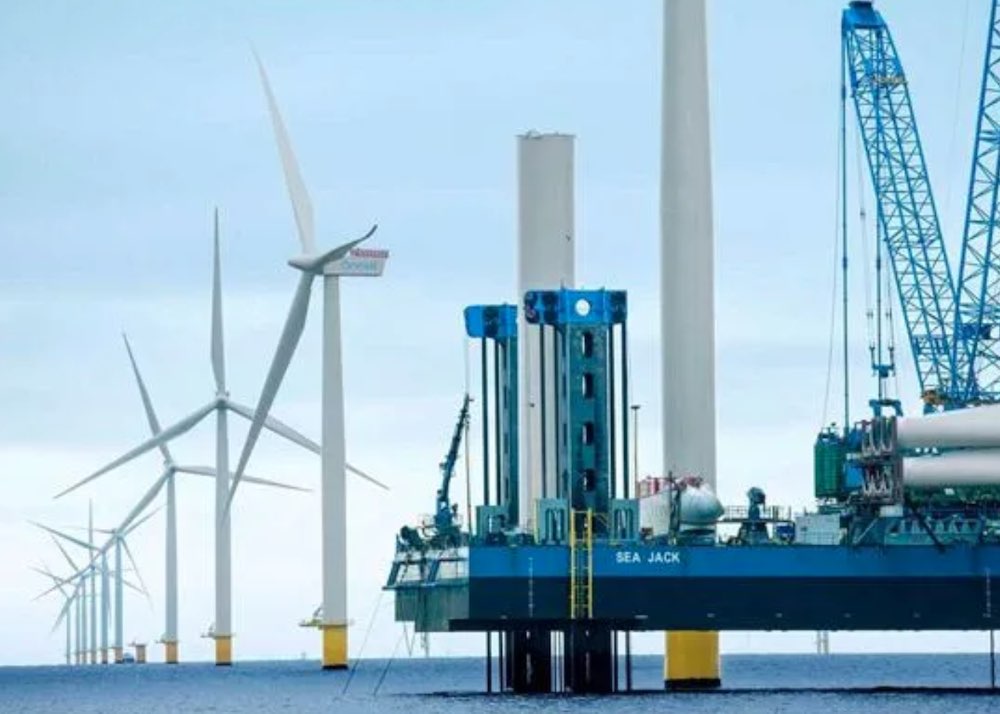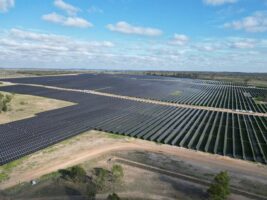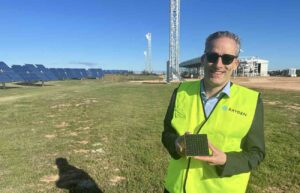The latest World Energy Investment report from the International Energy Agency reveals that clean energy investment is “finally” starting to rise again and is expected to exceed $US1.4 trillion in 2022, accounting for almost three-quarters of the total growth in overall energy investment.
Globally, world energy investment is expected to rise by over 8% in 2022, reaching $US2.4 trillion, significantly exceeding pre-COVID levels.
Unfortunately, almost half of the additional $US200 billion in capital investment in 2022 is expected to be consumed by higher costs rather than increasing additional clean energy supply capacity or savings.
Russia’s invasion of Ukraine has pushed up energy prices around the planet, impacting households, industries, and entire economies, particularly in the developing world where it can least be afforded – but also imposing on well-established economies such as the European Union.
Clean energy technologies are also being affected, with the cost of solar panels and wind turbines up by between 10% and 20% since 2020, reversing a trend of years of cost decline.
Further, high energy prices are also encouraging some countries to step up their investment in fossil fuel generation in an effort to secure and diversify their energy supply.
This has been led by a 10% increase in investment in coal supply through 2021, led by emerging economies in Asia, and with a similar increase expected for 2022.
However, as the IEA points out, “the lasting solutions to today’s crisis lie in speeding up clean energy transitions via greater investment in efficiency, clean electricity and a range of clean fuels.”
This means that the total energy bill paid by the world’s consumers is expected to top for the first time $US10 trillion in 2022, meaning that many governments around the globe will be looking to cushion the blow via fiscal measures and price interventions.
“We cannot afford to ignore either today’s global energy crisis or the climate crisis, but the good news is that we do not need to choose between them – we can tackle both at the same time,” said Fatih Birol, IEA Executive Director.
“A massive surge in investment to accelerate clean energy transitions is the only lasting solution. This kind of investment is rising, but we need a much faster increase to ease the pressure on consumers from high fossil fuel prices, make our energy systems more secure, and get the world on track to reach our climate goals.”
According to the IEA’s data, clean energy investment grew by only 2% a year in the five years following the signing of the Paris Agreement in 2015.
However, since 2020 – and despite the impact of the global COVID-19 pandemic – the pace of growth has accelerated dramatically, increasing to 12%, though this is still well short of what is required to meet international climate goals.
Further complicating matters is the fact that the majority of this increase in clean energy spending is taking place in advanced economies and China. The highest clean energy investment levels in 2021 were in China with $US380 billion, the European Union with $US260 billion, and the United States with $US215 billion.
Conversely, with a few exceptions – such as the development of solar in India – clean energy spending in emerging and developing economies (excluding China) remain stuck at 2015 levels and with no increase since the Paris Agreement was reached.
Renewable power generation remains the core of all clean energy investments and, even though costs have risen in recent months for solar panels and wind turbines, both remain the cheapest option for new power generation in many countries – even before accounting for the high prices seen in 2022 for coal and gas.
According to the IEA, renewables, grid, and storage now account for more than 80% of total power sector investment around the globe.
Unsurprisingly, solar PV accounts for almost half of new investment in renewable power, with spending divided equally between utility-scale solar projects and distributed solar PV systems.
And the IEA also concludes that spending on solar PV, batteries, and electric vehicles is now growing at rates consistent with reaching global net zero emissions by 2050.
Investment in battery energy storage, for example, is expected to more than double to reach almost $US20 billion in 2022.
Battery investment is unsurprisingly led by grid-scale deployment, which accounted for more than 70% of total spending in 2021 – a number which is reflected in the pipeline of projects around the world, with around 30GW of non-hydro energy storage in China and over 20GW of grid-scale projects either planned or under construction in the United States.
Meanwhile, the focus for wind power is shifting offshore. Compared to 2020 which saw a record level of onshore wind deployment, 2021 saw record offshore wind deployment with over 20GW commissioned and around $40 billion of expenditure.
The electrification of mobility is also helping to increase clean end-use spending by consumers, with sales of electric vehicles (EVs) more than doubling in 2021 and continuing to grow through 2022.
But passenger cars are not the only electric mobility offering to benefit from the rising tide, with the sales of electric two- and three-wheelers growing and investment in the electrification of buses and commercial vehicles also strong, according to the IEA.
Though most electric buses are deployed in China, investment in this sector is nevertheless increasing elsewhere. For example, in early 2022, India ordered over 5,000 electric buses for five major cities and were awarded at half the price reached in previous tenders.
The IEA’s World Energy Investment 2022 report can be viewed in full here.










